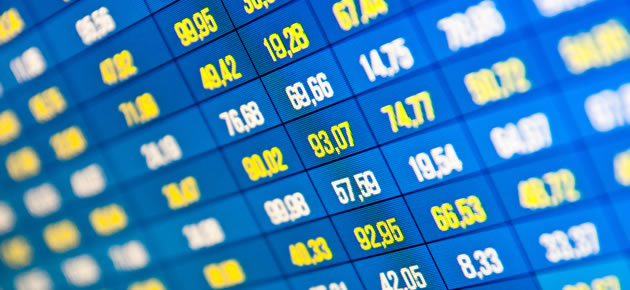Although the Australian Dollar put in a lacklustre performance overnight, the Euro to AUD exchange rate approached the close of European trading in a weaker position.
The tail end of this week has been rather lacking in European news and the Euro has been trading in a narrow range against its major peers as a result.
The appeal of the Australian Dollar was dented during the Australasian session as investors turned from higher-risk assets in response to the Federal Open Market Committee’s surprising policy announcement.
While the tapering of US asset purchases by a further 10 billion US Dollars had largely been priced into the market, the hints regarding the potential raising of interest rates this year were not, and the ‘Greenback’ broadly strengthened as investors digested them.
Commodity currencies like the ‘Aussie’ didn’t fare so well, and the AUD/GBP and AUD/USD pairings closed the Australasian session lower. Declines were largely retained into Friday and the New Zealand Dollar was also struggling.
Meanwhile, the common currency experienced only minimal movement today as a report revealed that German producer prices declined for a seventh month.
The Euro put in a weak performance against the Pound and US Dollar, and failed to capitalise on the ‘Aussie’s weakness.
According to one London-based industry expert; ‘The statement and forecasts contained unexpected hawkish elements, which Yellen didn’t dispel. Eurozone assets no longer look cheap [and it] points to growing downside risks for the Euro/Dollar.’
Overnight Australia’s conference board leading index could help the ‘Aussie’ recover losses against its peers and extend gains against the Euro.
Tomorrow’s current account figures for the Eurozone may also have a modest influence on the Euro to Australian Dollar pairing but certainly won’t be as influential as the Eurozone’s consumer confidence gauge for March. Economists have forecast that the measure climbed from -12.7 to -12.3 this month.
The other big economic reports to be aware of tomorrow include the UK’s public sector net borrowing data and Canada’s inflation/retail sales figures.
Euro (EUR) Exchange Rates
[table width=”100%” colwidth=”50|50|50|50|50″ colalign=”left|left|left|left|left”]
Currency, ,Currency,Rate ,
Euro, ,US Dollar,1.3777,
,US Dollar,1.3777,
Euro, ,British Pound,0.8348,
,British Pound,0.8348,
Euro, ,Australian Dollar,1.5246,
,Australian Dollar,1.5246,
Euro, ,New Zealand Dollar,1.6158,
,New Zealand Dollar,1.6158,
Euro, ,Canadian Dollar,1.5498,
,Canadian Dollar,1.5498,
[/table]



